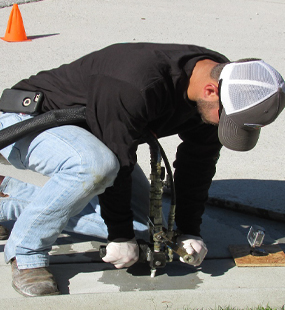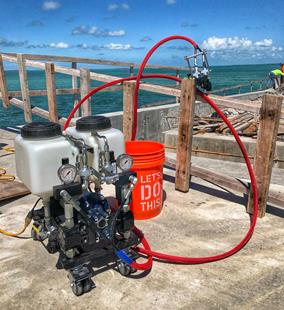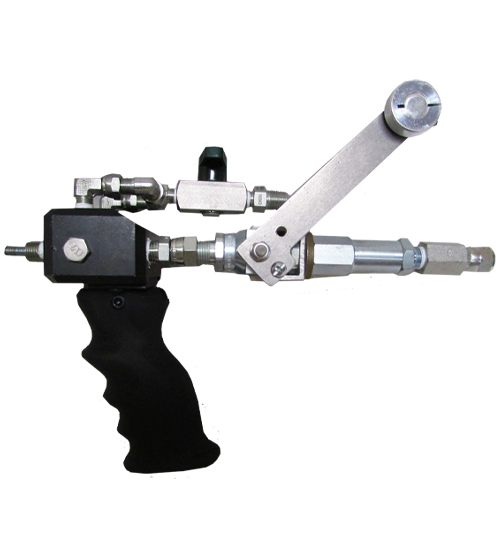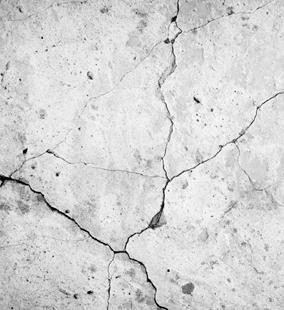
- Home
-
Solutions
-
Leak Seal
Seal leaks in concrete or masonry with crack injection and curtain grouting of our Prime Flex polyurethanes and AR acrylate resins. Prime Resins offers superior solutions for stopping leaks in every type of environment.
Read More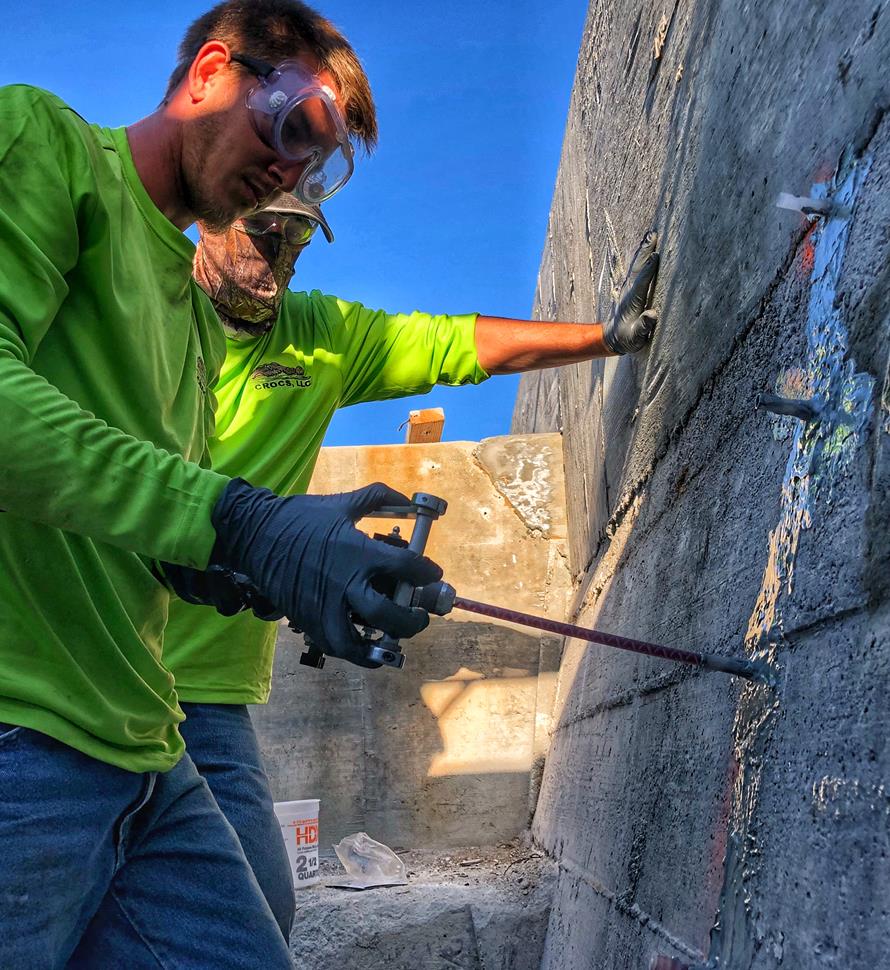
-
Soil Stabilization
Sound concrete relies on a sound substrate. Stabilize soils and fill voids with our polyurethane and acrylate foams and gels. We make chemical grouts for permeation and compaction grouting in wet and dry conditions.
Read More
-
Slab Lifting & Stabilization
Slab lifting and slab stabilization with polyurethane foams offers many advantages over traditional mudjacking. Only Precision Lift is engineered to tackle underlying issues and slab lifting with precise, dependable results.
Read More
-
Floor Repair & Joint Protection
Spalled concrete is concrete that is chipped, cracked and deteriorating. This often happens at a joint.
Read More
-
Seawall Repair
You can repair a seawall or bulkhead with Prime Resins chemical grouts: fill voids, stabilize loose soil and seal leaks at a fraction of the cost of wall replacement.
Read More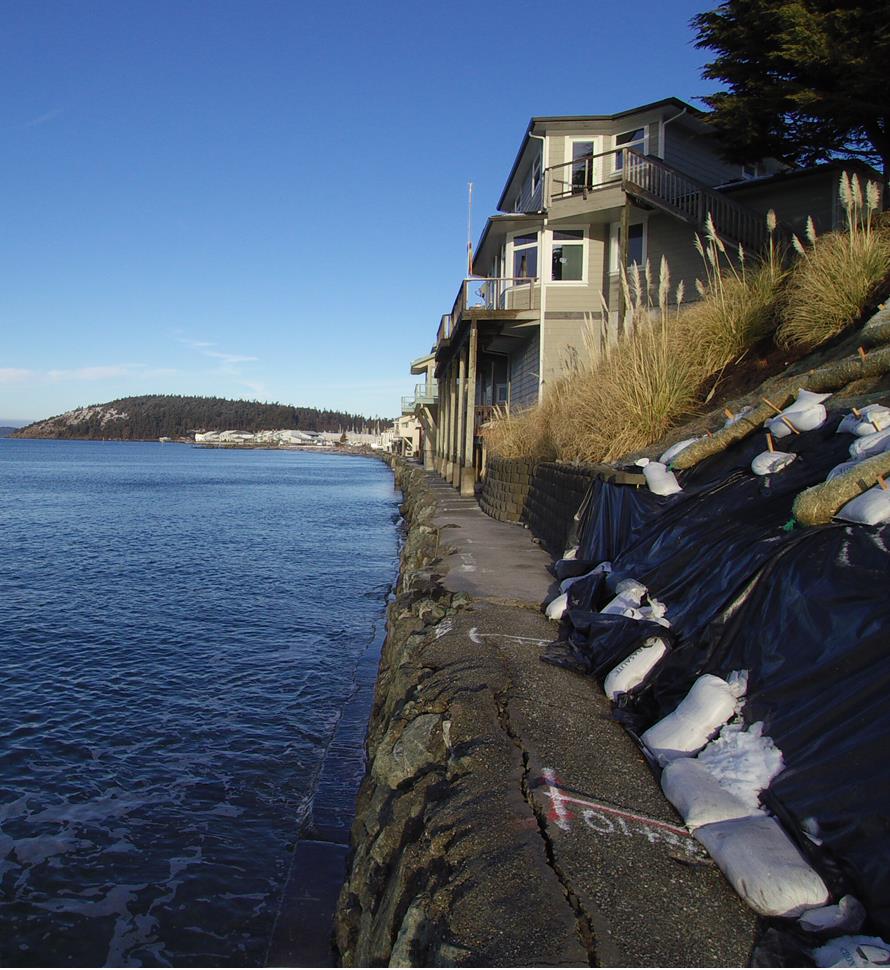
-
Structural Repair / Bonding & Anchoring
The need for crack repair in concrete structures can be caused by many different factors. Damage can occur to the concrete in situations where direct impact puts stress on one area of the structure.
Read More
-
Highway & Bridge
The geotechnical needs of DOTs and other agencies responsible for roads and bridges are vast. Issues include: Culvert repair Soil stabilization Void filling Concrete slab lifting Sinkhole remediation Slope control Slough control in tunneling
Read More
-
Waterproofing & Secondary Containment
Protecting concrete usually means shielding it from the elements of nature or from harsh manmade chemicals. But it’s not just concrete that needs such protection. Corrugated metal pipe, steel surfaces, material hoppers, rail cars and masonry all can come in contact with corrosive or abrasive materials or harsh conditions.
Read More
-
Leak Seal
-
Products
-
Leak Repair
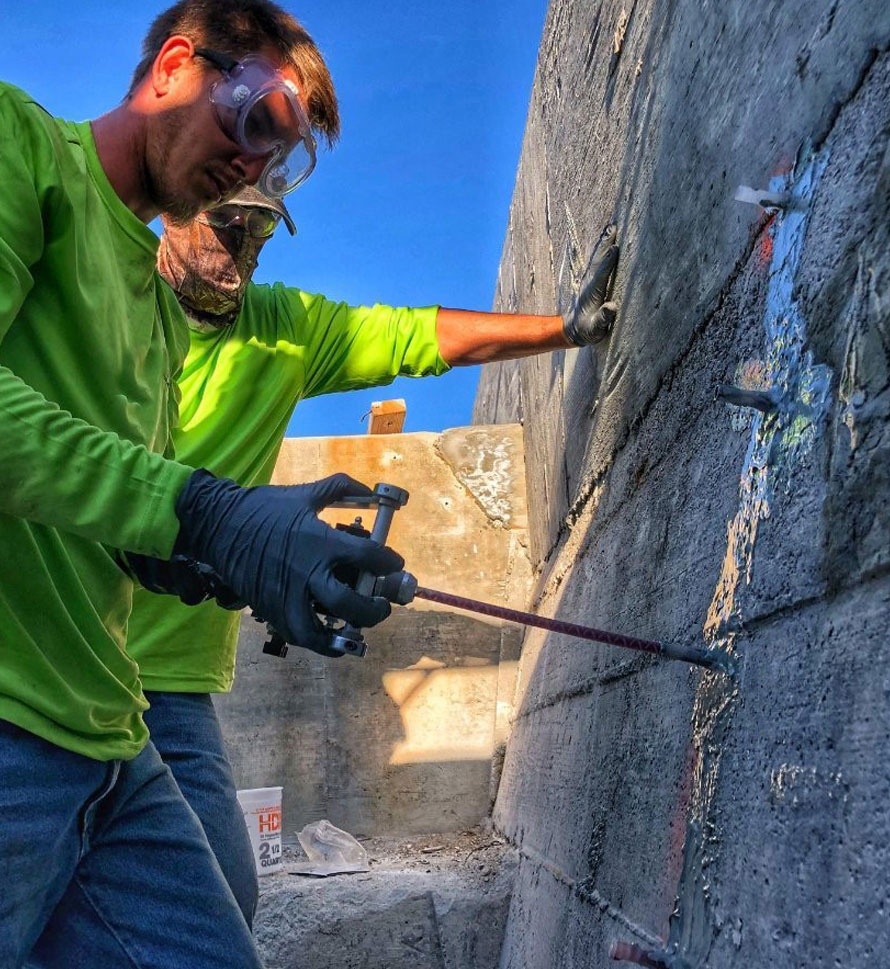
-
Soil Improvement
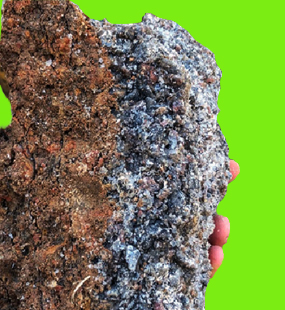
- Soil Stabilization
- Slab Lifting
- Structural Repair / Bonding & Anchoring
- Pumps
- Dispense Guns & Applicators
-
Turnkey Trailer Rig
Are you ready to hit the ground running doing concrete leveling with polyurethane foam? Prime Resins offers the industry’s best suite of products for lifting concrete as a turnkey, fully equipped trailer rig.
Read More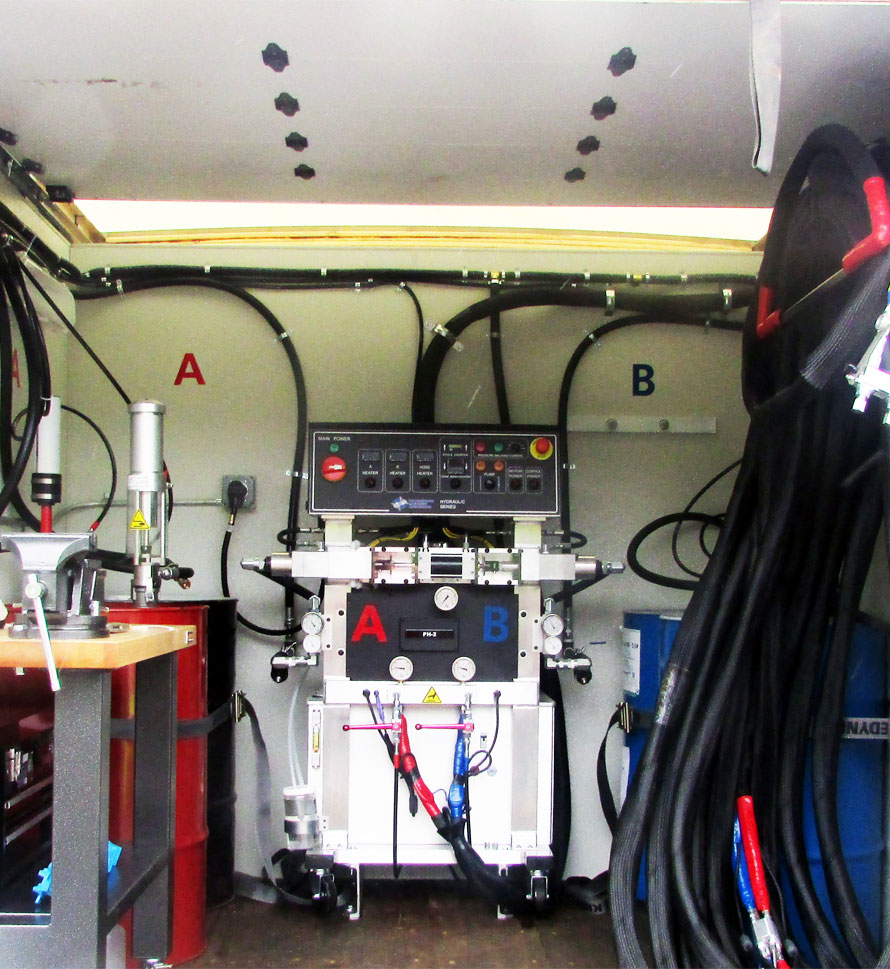
-
Accessories (General)
- 3/4" expendable drive point
- 3/8" and 3/4" soil probes
- Cartridge / Port Connectors and Mixers
- Conduit Seal Kit
- DM500 Divorced Mix Manifold
- Eco Flush
- F Valve
- Flush Wand
- Grout Needle Kit
- High Pressure Control Valve
- High Pressure Mechanical Ports
- Kick Fast
- Low Pressure Plastic Ports
- PR11 TEA (used w/ PR10 ACLM)
- PR12 APSF catalyst (used w/ PR10 ACLM)
- PR17 LYTX
- Prime Kat
- Prime Plug
- Prime Solvent CGC
- Oakum
- Soil pipe jack
- Stainless Steel Grout Needle & Kit
- StainShield
- Wall Stinger Nozzle
-
Soil Grouting Accessories
- Pipe Coupler
- Pipe Coupler Ferrule
- Buttonhead Coupler - Straight
- Buttonhead Fittings
- SG 3/4" Expendable Drive Tip
- SG 3/4 Rod - 39" Base
- SG 3/4 Rod - 39" Connector
- SG 3/4 Rod - 19.5" Base
- SG 3/4 Rod - 19.5" Connector
- SG 3/4 Fitting - Pipe to Buttonhead
- SG 3/4 Fitting - Buttonhead Fitting
- IL 1/2" Drive Point
- IL 1/2" rod - 39" base
- IL 1/2" rod - 39" connector
- IL 1/2" Fitting Buttonhead
- SG 3/4" Fitting - Buttonhead Coupler
- SG 3/4" Slotted Drive Tip
- SG 3/4 Drive Head
- Modified Pipe Jack Soil Grouting
- SG 3/4 Fitting - Buttonhead Coupler
- Pagani DPM30 Penetrometer
- IL 1/2" Fitting - Buttonhead to Connector Rod
- IL 1/2" Rod to Rod Coupler Fitting
- High Pressure Flow Control Valve
- Buttonhead Coupler - 90°
- Buttonhead Clamp Kit
- Floor & Joint Repair
- Waterproofing & Secondary Containment
-
Leak Repair
- News
- Downloads
-
Tools
-
Case Studies
Prime Resins takes pride in its ability to find the right solutions to the problems facing our customers. Here are some examples of customers’ successful jobs:
Read More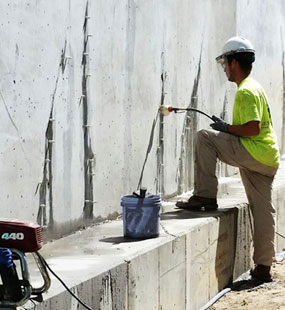
-
Prime Practices
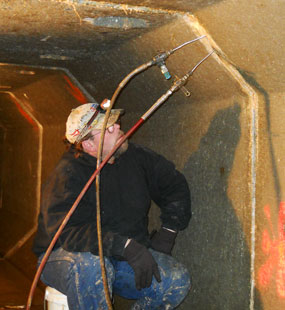
-
Videos

-
Estimating Tools & Info.

-
Why us?
The superior quality of products at a fair price, our consultative approach, and our unparalleled technical support set Prime Resins apart. Learn more about the Prime difference.
Read More
-
Product Types & Typical Uses
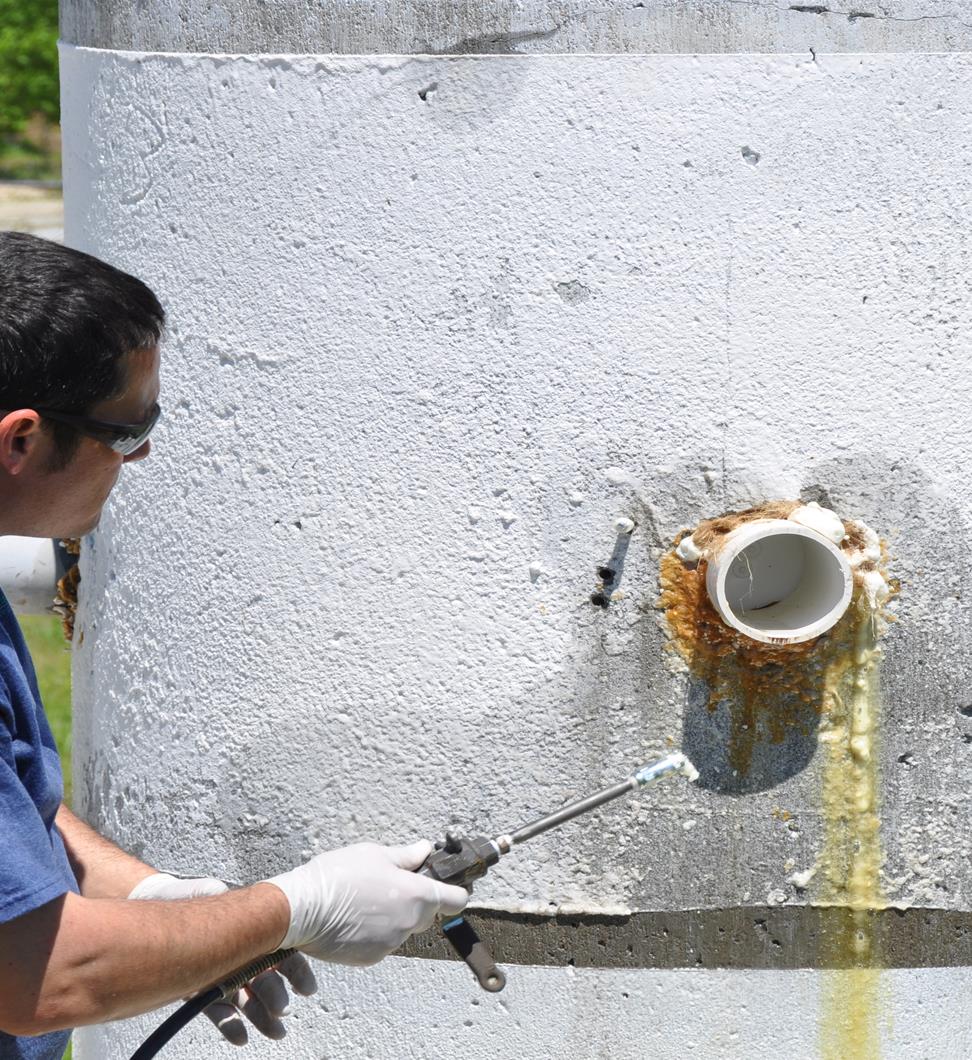
-
Looking for a contractor?
-
Certifications
-
Case Studies
- Contact
Case Studies- Soil Stab & Void Fill Pages
Chemical grouting under fiberglass tanks
Client: A regional fiberglass company
Contractor: Python Corporation, Lacombe, La.
Problem
A regional fiberglass company contacted Python Corporation in Lacombe, Louisiana, to help them find a solution to an ongoing problem. They had huge fiberglass tanks ranging in diameter from 21.5 feet to 30 feet with irregular bottoms. The irregular shaped bottoms created voids between the tank bottoms. Their foundations varied from ¾ of an inch to more than 4 inches.
Solution
The team from Python investigated cement versus chemical grouts. The customer eventually opted for polyurethane grout that would produce a structural foam, which was Python owner Paul Wright’s recommendation.
“That was my recommendation because some of the tanks were close to the foundation and 30 feet in diameter, so it was easier to get 100% effective bearing area with foam,” said Wright.
The next challenge for Python was to find a foam that would meet the engineer’s requirements. The foam needed to support the weight of the tank—more than 15 tons each—plus the material that would go in the tank. Wright contacted Prime Resins.
Custom Product Development
After a few phone calls and emails outlining the engineer’s requirements, Prime Resins developed a 6.25-pound structural polyurethane foam that was exactly what the engineer wanted. The product is Precision Lift 6.25#.
How They Did It
The Python team reviewed procedures, planned their approach, then started grouting. One challenge of the project was to ensure that they did not actually lift the tank or tank bottom, which could happen with such a dense foam. They established a set procedure complete with QA/QC forms and a system of elevation monitors inside the tanks. As the crew injected the foam, they measured the monitors and recorded the results on the QA/QC forms. After completing the foam grouting, they grouted the edge of the tank with non-shrink cement to help support the wall and to protect the foam.
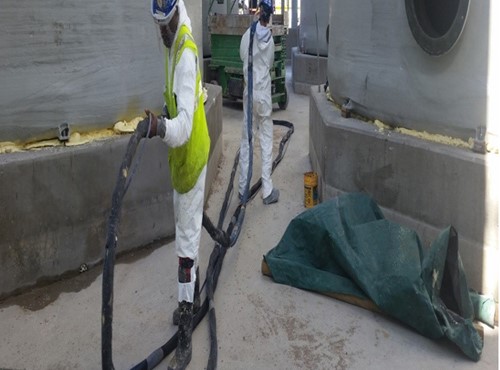
6.25# structural polyurethane foam is injected under tanks to fill voids
Outcome
All 28 tanks were grouted within the engineer’s tolerances. They used approximately 3,000 gallons of Precision Lift 6.25.
“The client was very happy with the outcome,” said Wright. “We achieved exactly what the engineer wanted, and completed the work on their schedule.”
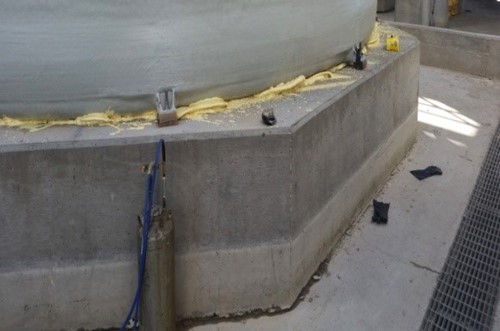
Chemical grout allowed for 100% bearing area under the tanks
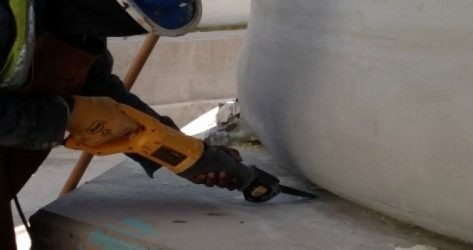
A crew member trims cured grout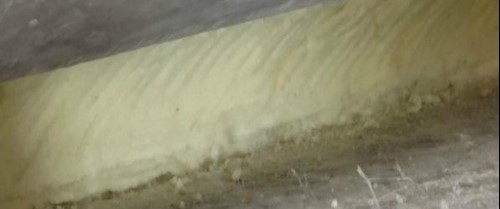
Cured polyurethane grout is cut so that it is slightly inset from the bottom of the tank
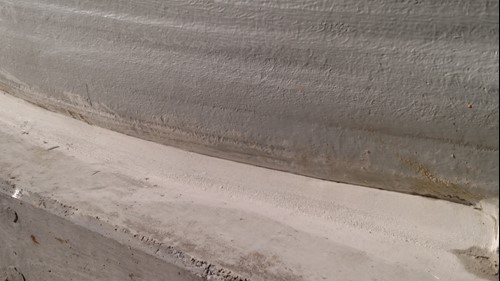
Final step: cover the foam with non-shrink cement to protect the foam and give extra support to the tanks




